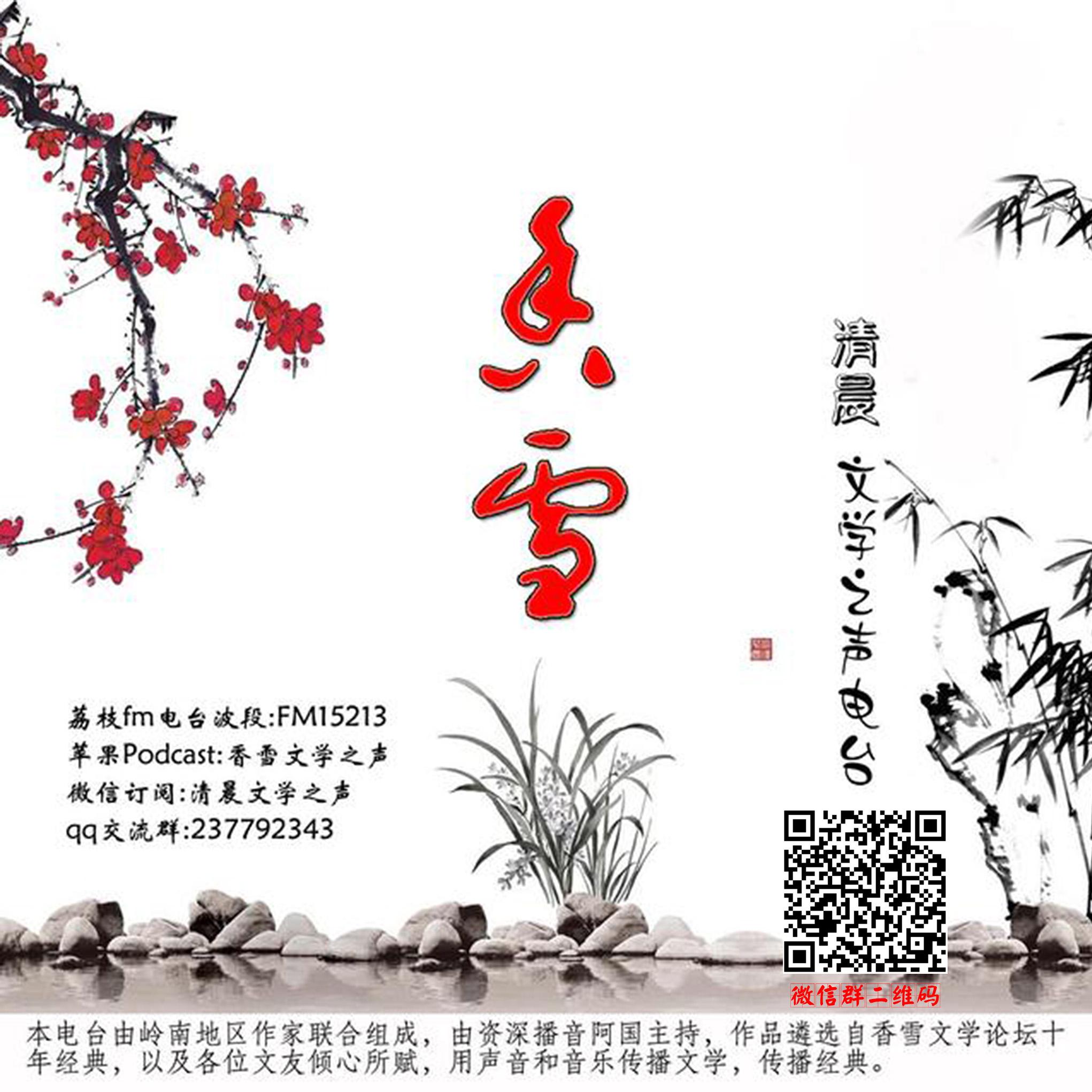 |
AfricaLoungeAuthor: AfricaLounge
AfricaLounge/africalounge@163.comwx africa234 Apple Podcastshttps://podcasts.apple.com/us/podcast/id1610604337?mt2acasthttps://shows.acast.com/africa-loungeSpotifyhttps://open.spotify.com/show/7xHdtTJCizt0545LrbYQJ6?si52e82fc83f2f4fb8https://www.ximalaya.com/album/57158097https://www.xiaoyuzhoufm.com/podcast/620ead221c8f2b2bde294224RSShttps://feeds.acast.com/public/shows/africa-loungeLogoLingzi@afotolearner instagram Language: zh-cn Genres: Personal Journals, Science, Social Sciences, Society & Culture Contact email: Get it Feed URL: Get it iTunes ID: Get it |
Listen Now...
Ep.44 郭艺华:中国制造的非洲印花布
Episode 1
Sunday, 24 August, 2025
色彩斑斓、图案鲜明的印花布是非洲各地常见的服饰材料,这些“非洲印花布”是非洲的吗?和全球贸易和纺织工艺发展有什么关系?中国是当今非洲市场上印花布料的主要进口来源国之一,如何从全球的视角和中非纺织工业历史的角度理解其形成与发展?中国的进入对当地的印花布生产、消费和技术发展产生什么样的影响?本期嘉宾我们邀请博士毕业于北京大学、现就职于北京外国语大学的郭艺华老师,她在节目中和我们介绍她在尼日利亚的研究,分享非洲印花布背后的故事以及中非纺织业的经济交往历史。内容提要:从蒙古语到中非纺织产业研究全球贸易视角下的非洲印花布历史尼日利亚民族纺织业兴衰西非纺织品贸易的流转中国制造进入非洲印花布市场针对图案版权的争议与策略当地不同群体的反馈从中国工厂到尼日利亚市场:田野故事艺华与尼日利亚艺术家Peju Layiwola(左一)、手工艺产业协会工作人员(右一、右二)的合影中国某印花布工厂官网的产品示意图相关研究:O. Adunbi and H. Stein, ’The Political Economy of China’s Investment in Nigeria- Prometheus or Leviathan?’ in A. Oqubay, Y. Lin ed. China-Africa and and Economic Transformation, (Oxford University Press, 2019), pp192-215.B. Boateng, The Copyright Things Doesn’t Work Here: Adinkra and Kente Cloth and Intellectual Property in Ghana, (University of Minnesota Press, 2011).C. Broggi, ‘The Rise of Hong Kong’s Textile Industry, 1945–1974: The Role of the Hong Kong Spinners Association (HKSA),’ Business History, 2024-05-26, pp1-19. R. Horner, ‘Strategic Decoupling, Recoupling and Global Production Networks: India's Pharmaceutical Industry,’ Journal of Economic Geography, 2014, Vol. 14, No. 6, pp1117-1140.D. Kamara, ‘Fake Wax’, Journal of African Cultural Studies, 33(3): 364-369.K. Kobayashi, Kazuo, Indian Cotton Textiles in West Africa: African Agency, Consumer Demand and the Making of the Global Economy, 1750-1850, (Palgrave Macmillan, 2019).S. Liu, The History of Chinese Presence in Nigeria (1950s–2010s): Factories, Commodities and Entrepreneurs, (Routledge, 2022).S. Maiwada,, E. Renne, 'The Kaduna Textile Industry and the Decline of Textile Manufacturing in Northern Nigeria, 1955-2010,' Textile History. 2013, Vol. 44, No, 2, pp171-196. M. Muhammad, ‘The impact of Chinese textile imperialism on Nigeria’s textile industry and trade: 1960–2015’, Review of African Political Economy, 2017, Vol.44, No. 154, pp673-682.S. Onyeiwu, ‘The modern textile industry in Nigeria: history, structural change, and recent developments’, Textile History, 1997, Vol. 28, No. 2, pp234-249.J. Pezold, ‘Co-Constructing Fashion in a South-South context: selling Chinese-made garments and textiles in Mozambique,’ Critical African Studies, Vol. 15, No. 1, pp73-90.J. Picton, The Art of African Textiles: Technology, Tradition and Lurex, (Lund Humphries Press, 1995).E.Prag, ‘Mama Benz in Trouble: Networks, the State and Fashion Wars in the Beninese Textile Market’. African Studies Review. Vol.56, No.3, pp101-121.E. Renne, ‘The Changing Contexts of Chinese-Nigerian Textile Production and Trade, 1900-2015,’ Textile, 2015, Vol. 13, No. 3, pp212-233.E. Renne, ‘United Nigerian Textiles Limited and Chinese–Nigerian textile-manufacturing collaboration in Kaduna,’ Africa, 2019, Vol. 89, No. 4, 2019, pp696-717.E.Renne, ‘Introduction,’ in E. Renne, S. Maiwada ed. Textile Ascendancies: Aesthetics, Production, and Trade in Northern Nigeria (University of Michigan Press, 2020).E. Renne, ‘Kaduna Textile Industry, Trade, and the Coming of Chinese Textiles’, in E. Renne, S. Maiwada ed. Textile Ascendancies: Aesthetics, Production, and Trade in Northern Nigeria (University of Michigan Press, 2020).N. Sylvanus, ‘Chinese Devils, the Global Market, and the Declining Power of Togo's Nana-Benzes’. African Studies Review, 2013, Vol. 56, No.1, pp65-80.N.Sylvanus, Patterns in Circulation: Cloth, Gender and Materiality in West Africa, (University of Chicago Press, 2016).戴红梅(2003). 印染行业瓶颈突围——访中国印染行业理事长李金宝. 纺织信息周刊. 154(10):8.丁顾强(2000). 纺织工业进步的重点. 改革与发展论坛. 2000(8): 14-15. 杰里菲,加里等(2018). 全球价值链和国际发展:理论框架、研究发现和政策分析. 曹文、李可译. 上海人民出版社.李金宝(2003). 中国印染行业现状与未来展望. 纺织信息周刊. 191(47): 9-10.刘青海(2020). 由盛而衰:尼日利亚纺织业发展演变的原因论析. 历史教学问题. 2020(4): 17-24+164.刘添涛,白莹(2023). 印染行业节能减排先进技术分析. 染整技术. 45(6): 7-12+47.刘添涛,赵伟伟(2024). 中国印染行业绿色发展报告. 染整技术. 46(9): 1-9+18.卢润秋(1999a). 我国印染行业的回顾与展望(上). 北京纺织. 20(2): 4-8.卢润秋(1999b). 我国印染行业的回顾与展望(下). 北京纺织. 20(3): 30-32.王华(2012). 非洲经典织染与印花设计. 东华大学出版社.提到的艺术家: Chief Nike OkundayePeju Layiwola







